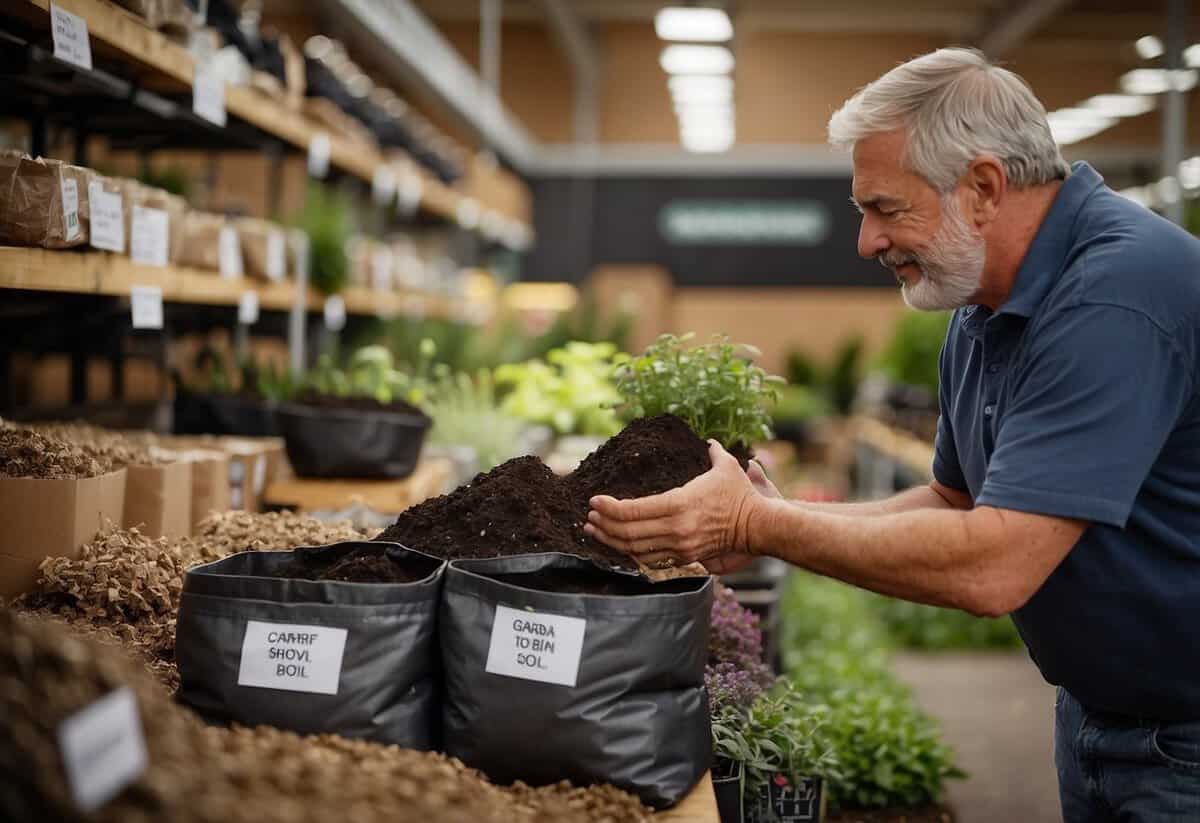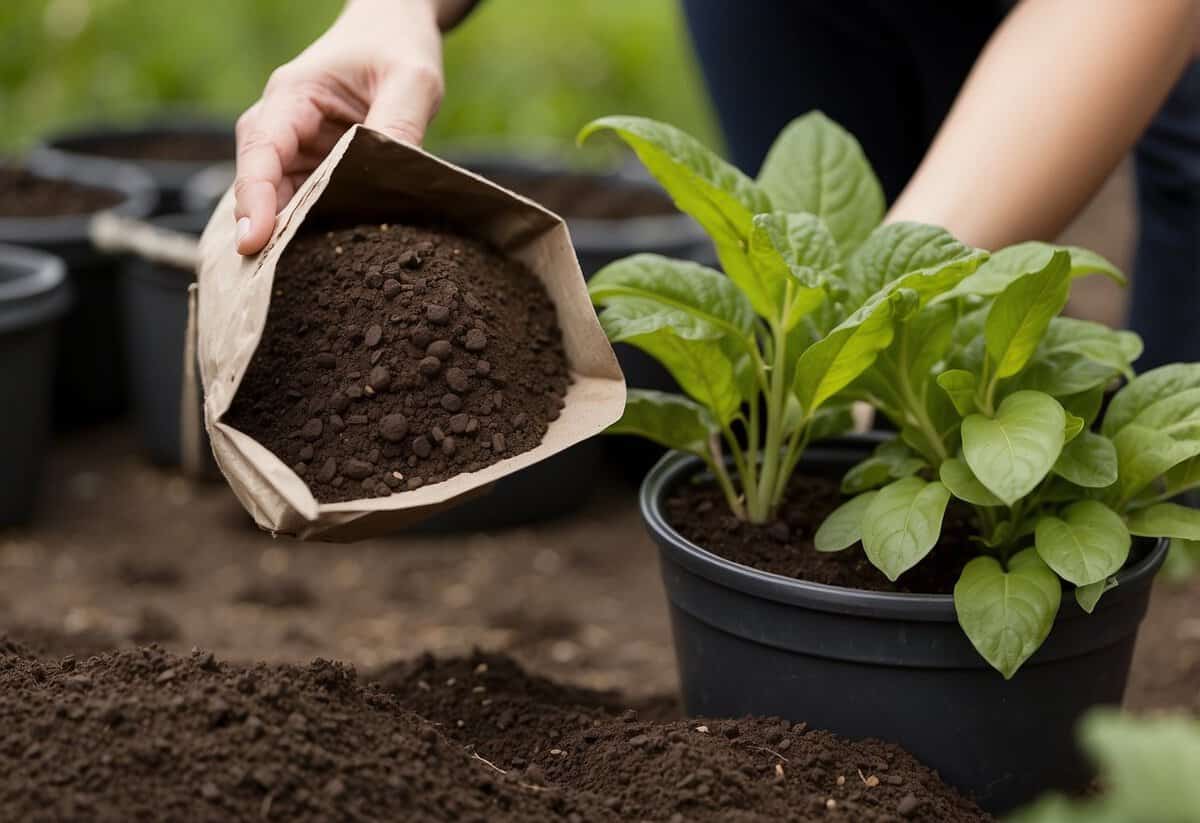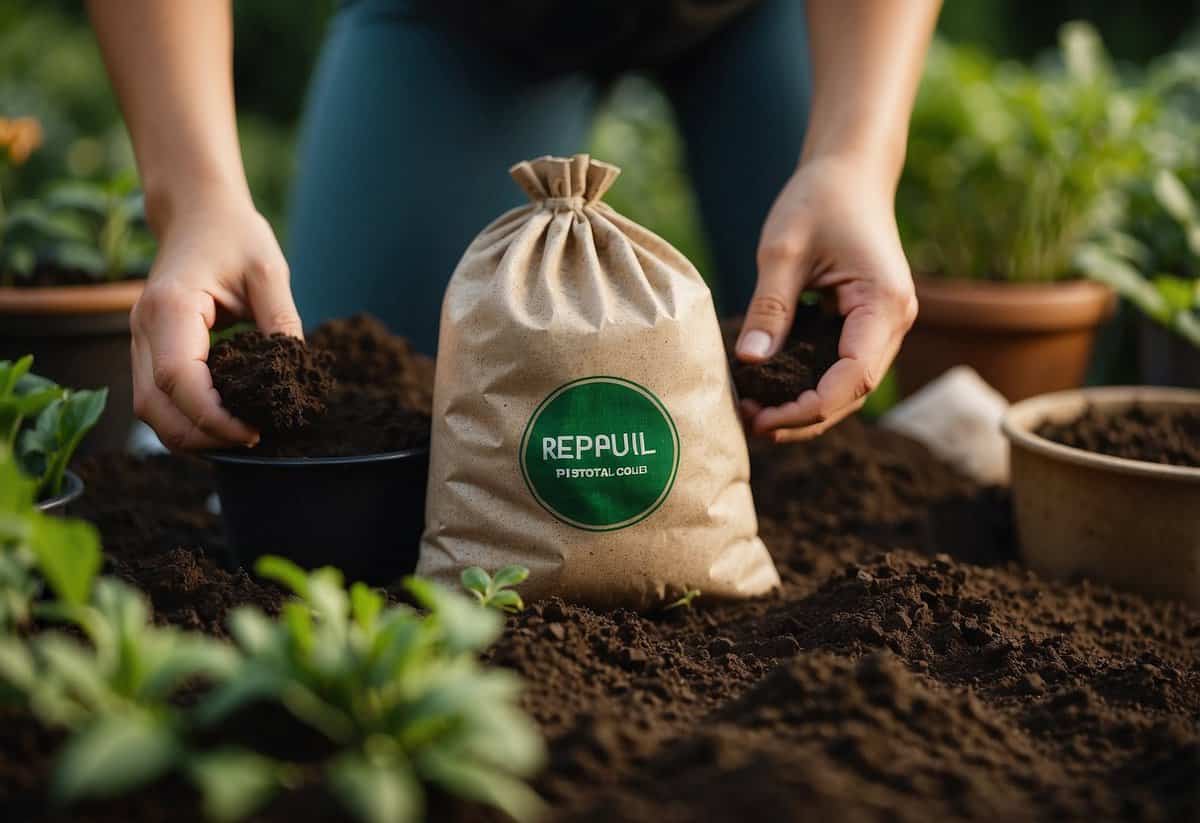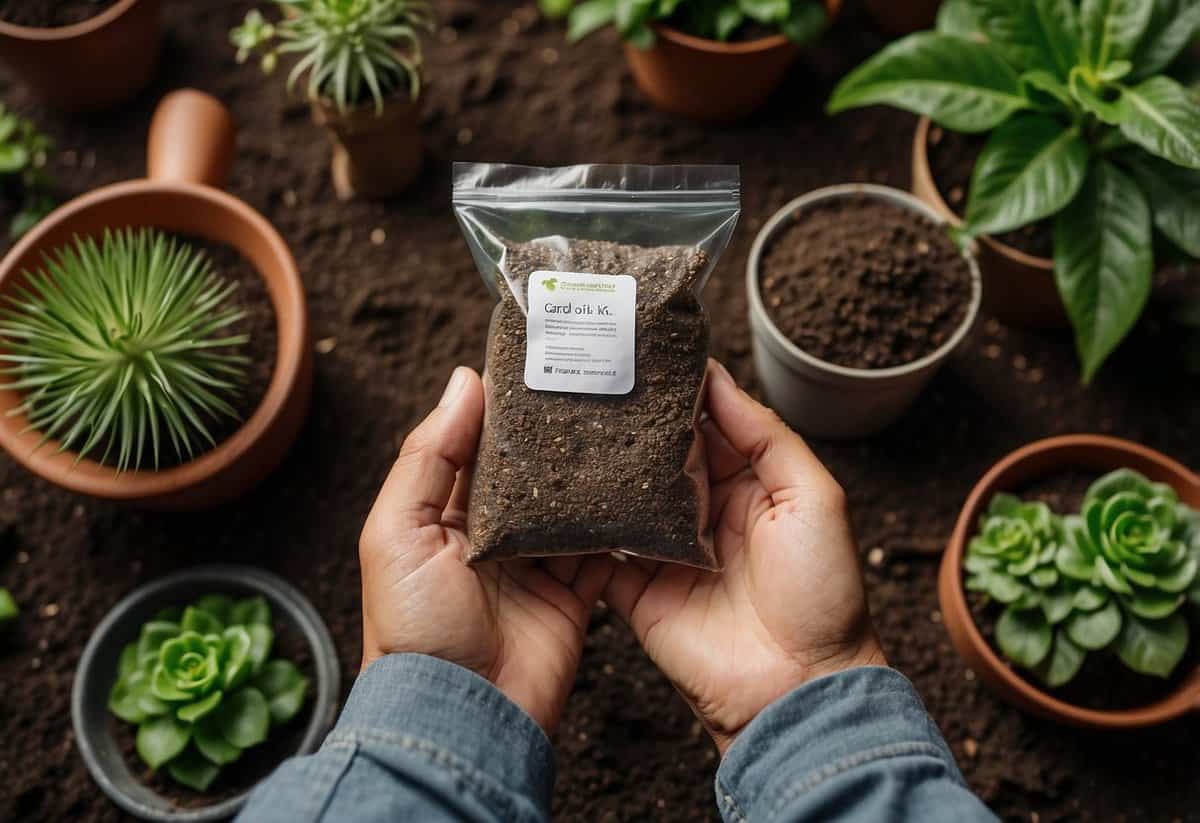Buying Garden Soil Tips: Enhance Your Green Thumb
Gardening can be a rewarding and relaxing hobby, but it all starts with the right soil. The quality of the soil you use will greatly impact the health and growth of your plants. Choosing the right garden soil can be the difference between a vibrant garden and a disappointing one.

Buying garden soil can be confusing with so many options available, from organic to prepackaged mixes. Knowing what to look for and understanding your specific garden needs will help you make an informed decision. Let’s explore some helpful tips to get you started on the right foot.
1) Test the Soil pH First

Before buying garden soil, you should test the soil pH. Knowing the pH will help you choose the right soil for your plants.
You can test soil pH at home using household items like vinegar and baking soda. If the soil fizzes with vinegar, it’s alkaline. If it fizzes with baking soda, it’s acidic.
Alternatively, consider sending a sample to a soil lab. It’s not expensive and gives accurate results. Different plants thrive at different pH levels, so this step is important.
2) Understand Soil Texture

When buying garden soil, it’s important to know about soil texture. Soil texture is determined by the relative amounts of sand, silt, and clay.
Sandy soils feel gritty and drain quickly. Clay soils are sticky when wet and retain lots of water. Loamy soils, which are crumbly, are ideal for most plants.
You can perform a jar test to check your soil’s texture. This will help you understand what kind of soil you have and how to improve it.
3) Check for Organic Content

When buying garden soil, look for organic content like compost, peat moss, and manure.
These materials provide necessary nutrients and improve soil texture.
Before purchasing, read the label to ensure it contains natural ingredients.
Organic soil helps your plants grow healthier and stronger. For more information, you can visit this guide on creating rich organic soil.
4) Research Soil Amendments

When buying garden soil, you should look into soil amendments. These can enhance the quality of your garden’s soil.
Compost is a popular choice. It improves soil texture and structure.
Vermiculite helps the soil retain water and nutrients. It also promotes root growth.
Consider adding sand if your soil needs better drainage.
For more details, visit this guide to soil amendments.
5) Consider Drainage Needs

When buying garden soil, think about how well it drains. Good drainage helps prevent water from pooling around plant roots, which can cause rot.
Different plants have different drainage needs. Some plants, like succulents, need very well-draining soil. Others, like ferns, prefer soil that retains more moisture.
If your soil doesn’t drain well, amend it with materials like compost or peat moss. Learn more from these tips on soil drainage.
Always test your soil’s drainage before planting by checking how quickly water soaks in. This step can save you lots of trouble later!
6) Buy Soil from Reputable Brands

Choosing soil from reputable brands is important. These companies have a track record of quality. They often test their products to ensure they are nutrient-rich.
Look for brands known for their high-quality topsoil. This can help your garden thrive. Trusted brands usually provide the best mix for your plants.
Always check the labels. Reputable brands offer clear information about what’s in their soil. This helps you know exactly what you’re buying and how it will benefit your garden.
7) Incorporate Compost

Compost is a fantastic addition to any garden. It enriches your soil, providing essential nutrients. Start by mixing compost into the top 4 to 6 inches of your garden soil. This encourages healthy plant growth.
Use compost as a mulch substitute around trees and shrubs. It helps retain moisture and suppress weeds. For container gardening, try a 50-50 mix of compost and potting soil for best results. For more tips, visit How to Use Compost.
Adding compost regularly maintains soil health. Spread a thin layer over a freshly aerated lawn to boost nutrients and improve soil structure.
8) Avoid Soil with Fillers

When buying garden soil, avoid soil with fillers like sawdust, ground wood, or sand. These fillers can reduce the quality and nutrition of the soil.
Check the label for ingredients. Look for a mix of compost, peat moss, and perlite. These ingredients are good for most plants.
Avoid soil that feels heavy or compacted. High-quality soil should feel loose and airy.
9) Understand Plant Needs

Different plants have different soil requirements. For instance, blueberries prefer acidic soil, while most vegetables thrive in neutral pH soil.
Check the pH level of your garden soil. Use a test kit to determine if you need to add lime to raise the pH or sulfur to lower it.
Consider the type of soil. Potting soil is ideal for container plants, providing good drainage and root space.
10) Look for Certifications

When buying garden soil, checking for certifications can help ensure quality.
Certifications like OMRI-listed or USDA Organic indicate the soil meets strict organic standards.
These labels mean the soil is free from synthetic chemicals and safe for organic gardening.
By choosing certified soil, you can feel confident that you are giving your plants the best start.
Understanding Garden Soil Composition

Garden soil composition affects plant health and growth. It’s important to know the key components: organic matter, soil texture, and nutrient content.
Organic Matter
Organic matter is crucial for rich garden soil. It consists of decayed plants, leaves, and compost. Adding organic materials like compost, humus, or manure improves soil structure. This helps retain water and provides nutrients.
Incorporating organic matter also boosts soil microorganisms. These tiny helpers break down organic material into nutrients that plants can absorb. Regularly adding organic matter keeps your soil fertile. Aim for at least 5% organic matter for healthy garden soil.
Soil Texture
Soil texture describes the size of soil particles. It’s divided into three main types: sand, silt, and clay. Sandy soil drains quickly but doesn’t hold nutrients well. Clay retains water and nutrients but can become compacted. Silt is somewhere in between.
To check your soil’s texture, do a simple moisture test. Grab a handful of moistened soil and squeeze it. Sandy soil crumbles easily, while clay forms a tight ball. Understanding your soil’s texture helps you amend it for better plant growth.
Nutrient Content
Nutrient content is vital for thriving plants. Essential nutrients include nitrogen, phosphorus, and potassium, which are often referred to as N-P-K. Each has a specific role, like promoting leaf growth or root development.
Testing your soil’s nutrient levels can help you determine what fertilization is needed. You can use a home soil test kit to check for deficiencies. Fertilizers and amendments like bone meal or wood ash can help balance nutrient levels for healthier plants.
Choosing the Right Garden Soil

Finding the right soil for your garden ensures your plants grow healthy and strong. This involves considering the specific needs of your plants, understanding soil labels, and ensuring the pH levels are balanced.
Matching Soil to Plant Needs
Different plants have different soil requirements. For instance, vegetables and herbs thrive in rich, well-draining soil with a neutral pH. A mix of topsoil, compost, and well-rotted manure provides an ideal environment for these plants.
Flowers may need a mix of soil types depending on whether they are annuals or perennials. For container gardening, use potting soil, which is light and airy for proper drainage. Buying the right soil will help ensure your garden flourishes.
Reading Soil Labels
Soil labels contain vital information about what you’re buying. Look for terms like “topsoil,” “garden soil,” or “potting soil.” Each type serves a different purpose. Topsoil is less expensive and practical for large projects, while garden soil is nutrient-rich, making it perfect for established gardens. Potting soil is ideal for containers due to its unique mix designed for drainage and aeration.
Pay attention to added ingredients like compost or fertilizer. These additions can significantly boost soil quality. For example, a mix of topsoil and compost can improve fertility and water retention.
Balancing pH Levels
The pH level of your soil affects nutrient availability. Most plants prefer a neutral pH, around 6.0 to 7.0. You can test soil pH using a home test kit or by sending a sample to a lab. If pH levels are off, you may need to adjust them. Adding lime can raise pH levels if your soil is too acidic, while adding sulfur can lower pH levels if it’s too alkaline.
Adjusting pH levels helps create a suitable environment for plant growth. Balancing your soil’s pH can help achieve a lush and thriving garden, making sure all your hard work pays off.







